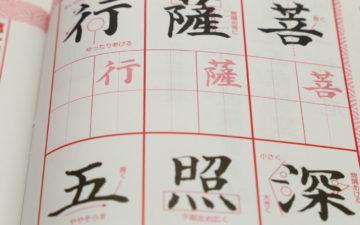One thing I struggle with a lot is choosing pronouns in interpreting or translation. As you probably know, the Japanese language doesn’t really use pronouns. Even the subject is omitted a lot of the time, meaning the speaker doesn’t need to say who they’re talking about if it has already been established. This makes it a lot of work for the interpreter to not only understand who is the subject, but also what sort of pronoun to give them in English – We? I? She? He? They?
It’s especially complicated in interpreting for the police or the courts: a lot of the time you’re interpreting evidence that’s being given and then utilised in the case. As such, it’s crucial that you get all of the minor details right when interpreting. You can’t just make translation errors in the witness box in court.
At the beginning of any interpreting session, it’s always difficult to get the specifics right, particularly if they don’t actually appear in the original sentence. It’s always a scramble to figure out what is going on, who is speaking and what is happening. The Japanese person is speaking directly to the questioner (the policeman; the lawyer; the judge), of course, and not the interpreter, so they don’t bother explaining the background; the questioner, of course, doesn’t realise exactly how ambiguous as a language Japanese can be, and barely offers any information before starting.
Who is the subject of the sentence – was it I, or We? Is the other person a He or She, or was it a group? (they). It’s really difficult to navigate a balance of being an invisible third party as an interpreter, and to also have a general understanding of the overall context that the interpreting is taking place in.
As a default, most people use I for a subject if it’s not clear how many people there are (was it just him, him and his wife, or his entire family?), and they if it’s a third person who has not been introduced properly (he or she?) . Until I receive some definite information from either side as to the gender of the person (such as a name), I just leave it as it appears in the original Japanese – ambiguous and assuming that the listener already knows.
So many times I fumble through the first few sentences with absolutely no understanding of the context, waiting for the police or the lawyer to ask for clarification. It’s almost a relief to have the questioner ask direct questions like, “was it just you or were there others?” or “who is this other person you speak of?”
I guess the bottom line is that briefing is everything. In an ideal world that would be the case, but I find with interpreting, in more cases than not, you’re just thrown into the deep end of everything.






